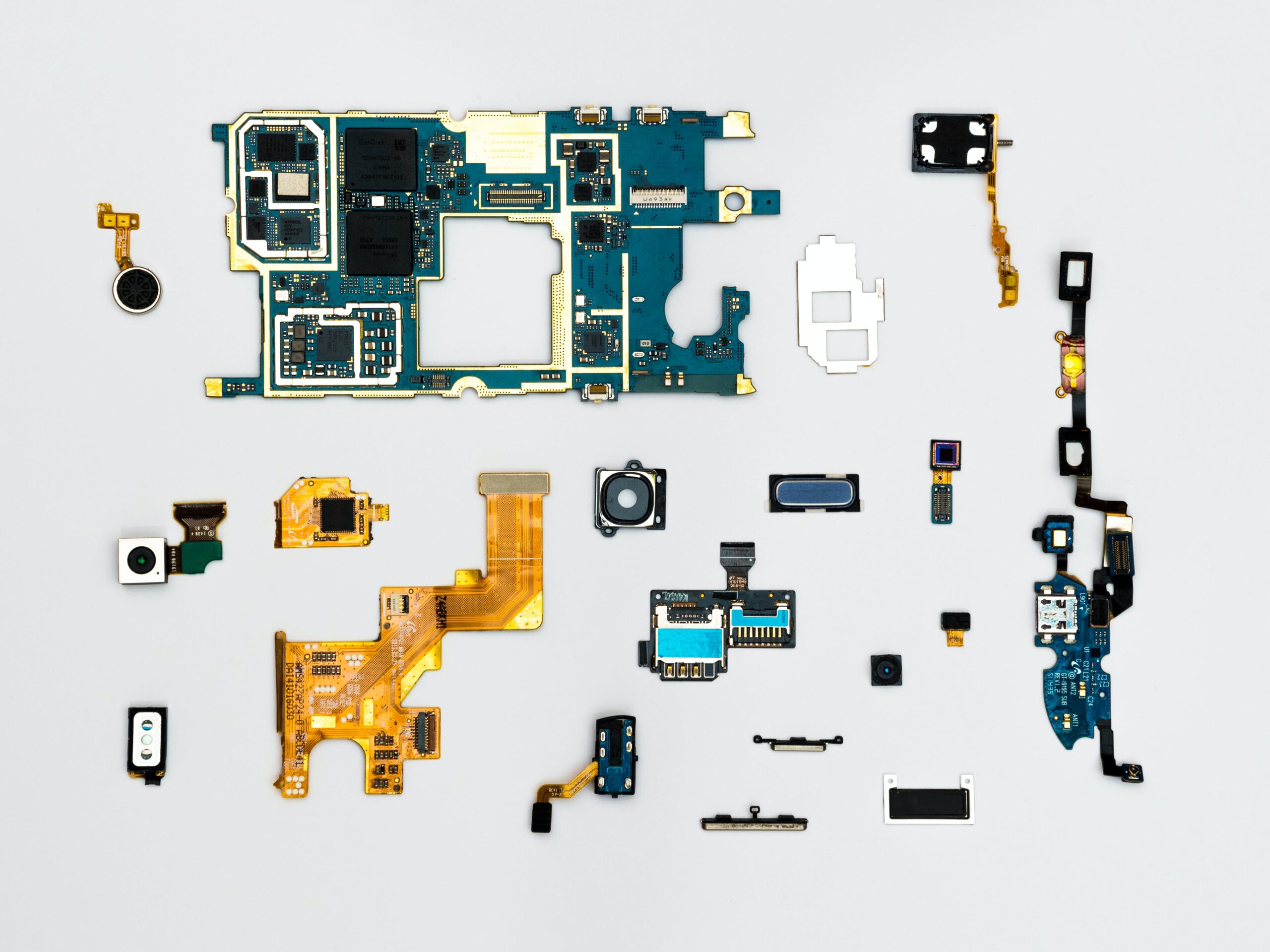
The concept of Smart Cities, driven by the integration of the Internet of Things (IoT) and advanced connectivity solutions, is poised to revolutionize urban living as we know it.
Research indicates that by 2050, over 68% of the world’s population will reside in urban areas.
To address the evolving needs of these growing populations, the global Smart City market is projected to reach a value of $2.57 trillion by 2025, emphasizing the monumental impact and potential of these transformative technologies.
Smart Cities leverage IoT devices and interconnected networks to optimize city operations, enhance sustainability, and improve the quality of life for residents. The implementation of IoT-enabled sensors and devices in various aspects of urban infrastructure, including transportation, energy management, waste disposal, public safety, and healthcare, enables efficient data collection and analysis.
One of the cornerstones of Smart Cities is intelligent transportation systems. IoT-enabled sensors embedded in roads, vehicles, and public transport systems facilitate real-time traffic monitoring, congestion management, and predictive maintenance. This leads to reduced commute times, minimized traffic congestion, and lower carbon emissions, thereby enhancing overall mobility within urban areas.
Moreover, Smart City initiatives focus on energy efficiency and sustainability by employing IoT technology in optimizing energy consumption, managing resources, and integrating renewable energy sources. Smart grids, equipped with IoT sensors, enable more efficient distribution and consumption of electricity, contributing to reduced energy wastage and lower utility costs.
Furthermore, IoT-driven waste management systems aid in optimizing collection routes, monitoring fill levels of bins, and promoting recycling practices, thereby streamlining waste disposal processes and fostering a cleaner environment.
The integration of IoT in public safety mechanisms enhances urban security through surveillance systems, emergency response mechanisms, and predictive analytics. Smart sensors and cameras enable authorities to monitor public spaces, respond swiftly to emergencies, and prevent potential security threats, ensuring a safer living environment for residents.
In essence, the vision of Smart Cities encompasses the use of IoT and connectivity solutions to create more sustainable, efficient, and livable urban environments that cater to the needs of citizens and businesses alike.
Conclusion
As Smart Cities continue to evolve, the transformative power of IoT and connectivity in reshaping urban living cannot be overstated. At Coding Brains, our software development company recognizes the immense potential of Smart City technologies. We are committed to developing innovative software solutions that contribute to the realization of Smart Cities’ goals, enhancing connectivity, efficiency, and sustainability. Through our dedication to technological advancement, we aim to empower cities and communities with intelligent software solutions tailored to the needs of the modern urban landscape.


Leave a Reply